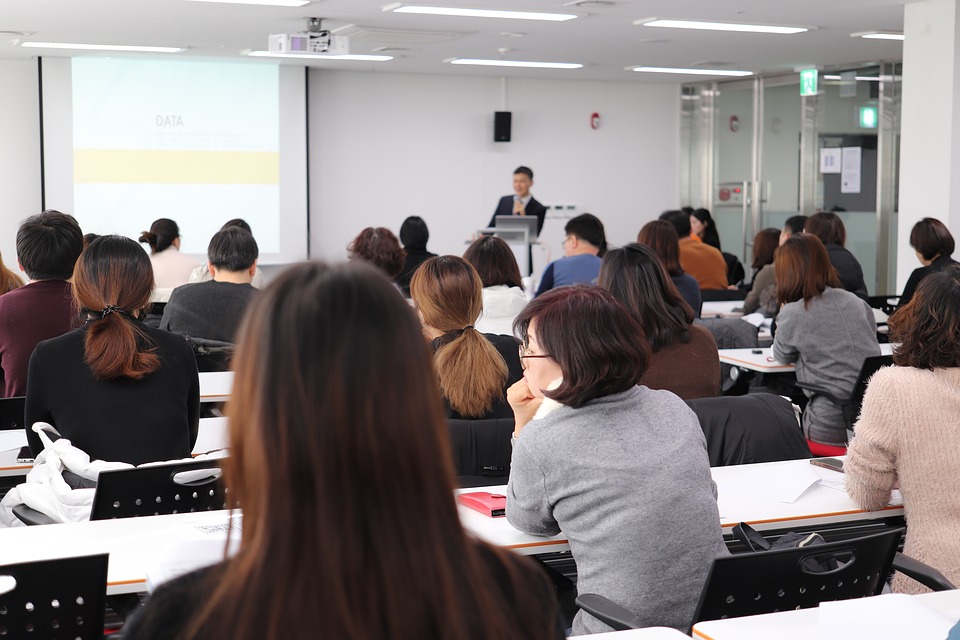OTAN News
How to Identify Technology-Using Teachers at Your School

Over the years, researchers have tried to make sense of how and why teachers have used technology in the classroom. Less understood in the research is the type of teacher who uses (or doesn't use) technology.
To begin to address this gap, Kenneth Graves and Alex Bowers of Teachers College at Columbia University completed a study last year in which they identified four types of users: Dexterous, Presenters, Assessors, and Evaders.
- Dexterous (24.4% of users) use technology in a variety of ways, not only for themselves to prepare for and carry out classroom activities, but to direct students to complete assignments, such as preparing written texts, doing research, developing their own presentations, and conducting experiments.
- Presenters (24.8% of users) tend to use technology for their own classroom presentations and direct students to use technology for their presentations. They also have students use technology to prepare written texts and conduct research, but don't have students use technology for assessment, to problem solve and analyze data, or conduct experiments.
- Assessors (28.4% of users) are the flip side of the coin from Presenters. They use technology for assessments and direct students to use technology for practice, but don't have students prepare presentations or written texts.
- Evaders (22.2% of users) tend not to use technology for either their own productivity (e.g., student record management, communicating with students, etc.) or student class activities, such as assessments or practice and skill development. Additionally, in contrast with the highest group (Dexterous), Evaders reported the lowest satisfaction with professional learning experiences with technology meeting their goals.
Graves and Bowers state that their research is a starting point for further inquiry into technology-using teachers. For example, they posit that there may be more than four types of users, and as many as six. Nevertheless, their research is already food for thought as we think about how to deliver effective professional development that will encourage teachers to integrate more technology into their practice. For example, if we are conducting a workshop on assessment tools, it seems like about 50% of the participants are not inclined to ultimately use the tools because their tendency is toward presentation tools or they avoid using technology. A more thorough understanding of our teaching staff and their technology use is necessary to develop professional learning that will have a more lasting impact, rather than continuing to provide one-size-fits-all training.
Article: How Teachers Use Technology in the Classroom from T.H.E. Journal
Article: Toward a Typology of Technology-Using Teachers in the "New Digital Divide": A Latent Class Analysis (LCA) of the NCES Fast Response Survey System Teachers' Use of Educational Technology in U.S. Public Schools, 2009 (FRSS 95) available for purchase from the Teachers College Record.

